Smart Shrimp Farming: The Key to Success Lies in the Right Model
Water and Postlarvae Quality: The Cornerstones of Success
Mr. Vo Van Phuc, CEO of Vinacleanfood—a major shrimp producer in Soc Trang and the Mekong Delta—emphasized the importance of understanding EHP: its origin, timing, and behavior. Based on years of data, he observed that EHP outbreaks are most common from late April to August (end of the first crop), while the December–March period sees minimal EHP activity.
As a result, Mr. Phuc’s farms now focus on stocking in December after the rainy season, when there are long dry spells. This has yielded remarkable success:
“We’ve never had a failure in the dry-season crop,” Phuc said. “Success rates exceed 80%, and in 2023, 98% of ponds produced large-size shrimp.”
Even during the high-risk April–August period, Phuc’s team achieved strong results in 2023 by using a comprehensive 40-day water treatment protocol to eliminate EHP early on. Their strategy included:
– Reserving clean water starting in March,
– Treating pond water intensively for 40 days,
– Avoiding contaminated sources from May onward,
– Recognizing rainwater as a third source of contamination.
“We stocked at 250 PL/m² using fully treated water and thinned ponds after 50 days to maintain water quality,” he added. “This helped maintain shrimp health and avoid density-related issues.”
The ability to successfully culture shrimp during the challenging rainy season brings multiple benefits: ensuring supply for factories and customers, generating local employment, and meeting domestic market demand during year-end periods.
However, Mr. Phuc warned:
“If the postlarvae are already infected, there's almost no way to save the crop.”
He urged state agencies to ensure stricter control over disease-free broodstock to prevent massive losses among farmers.

Cost-Cutting Secrets in Shrimp Farming
Despite the popularity of concrete ponds and small-scale intensive systems, Phuc shared that their high investment and limited yields make them less viable.
“EHP stems from the postlarvae, pond environment, and water source—not the pond type. We’ve returned to traditional earthen ponds with manageable sizes (2,000–3,000 m²),” he said.
Contrary to past thinking, Phuc noted that deeper ponds (up to 2.2m) can still maintain proper dissolved oxygen even at 300 PL/m² stocking density. By thinning or harvesting early when the pond’s carrying capacity is reached, farmers can maintain productivity and reduce costs.
Another major expense-saving tip involves cutting electricity usage. Instead of running aerators all day, Phuc uses paddle wheels and nanobubble systems selectively to maintain DO at 4.5–6 mg/L, reducing energy costs by up to VND 5,000 per kg of shrimp.
He also recommends:
– Installing automatic siphon systems to improve pond hygiene and reduce EHP spread,
– Avoiding antibiotics to save VND 6,000–8,000/kg and maintain food safety,
– Focusing on pond design and biosecurity to prevent disease from workers, tools, or wild animals.
Sao Ta’s Unconventional “3-Nos” Model
At Sao Ta, one of Vietnam’s leading shrimp exporters, their unique “3-no” model has drawn attention. According to Mr. Hoang Thanh Vu, Deputy CEO in charge of Sao Ta’s 500-hectare farm:
“We do not use nursery cages, bottom aeration, or fine-mesh nets.”
Why?
– No nursery cages: Infected postlarvae release EHP spores in feces. Caging them increases crowding, stress, and disease spread. Without cages, Sao Ta reports 100–150 shrimp/kg size after just 45 days—even if EHP appears, shrimp are more resilient.
– No bottom aeration: It breaks down waste into smaller particles, aiding the spread of EHP spores. Also, excessive aeration promotes the growth of coin fungi, which serve as EHP carriers. Sao Ta only uses paddle wheels, keeping electricity costs low—just VND 4,000–5,000/kg of shrimp.
– No fine-mesh nets: These can harbor EHP if not properly cleaned.
Regarding pond algae, Vu said: “Good algae absorb CO₂ and nitrogen, reducing the need for added carbon and generating four times more oxygen. It’s a natural advantage.”
On input costs, Vu stressed the wastefulness of routine disinfection and overuse of additives. “Chlorine needs 25ppm to disinfect effectively, but no one uses that much. At 2–3ppm, it’s ineffective. Regular use is mostly marketing-driven,” he said.
He also criticized excessive use of minerals, lime, or supplements like vitamin C, noting that their cost often outweighs any measurable benefit.
.png)
Conclusion
From advanced EHP prevention to unconventional “3-no” farming models, successful shrimp farming in 2025 requires more than just capital—it demands insight, strategy, and adaptability. Whether it’s stocking at the right time, fine-tuning pond design, or questioning industry norms, the farmers and companies at the forefront are those who dare to think differently and manage scientifically.
Source: aquaculture.vn
Aqua Mina's distributor in Japan: REX INDUSTRIES CO., LTD
- Address: 1-9-3 Hishiya-Higashi, Higashi-Osaka 578-0948 JAPAN
- Email: kimakubo@rexind.co.jp
- Phone: +81-(0)72-961-9893
- Website: http://www.rexind.co.jp/e/

WE WORK FOR YOUR SUCCESS!
Ngày đăng : 03/08/2025
1458 View
Other Articles
Vietnamese shrimp and catfish choose a sustainable path in global competition
End-of-Season Shrimp Prices Reach Record Highs
Norway – Russia Reach Barents Sea Fisheries Agreement for 2026
Cà Mau strengthens traceability to enhance the competitiveness of the shrimp industry.
Cold stress: Effects on the plasma characteristics of whiteleg shrimp.
A new breakthrough in the prevention of diseases caused by the microsporidian parasite EHP in shrimp farming
Vietnam’s shrimp export outlook in the first quarter of 2026 continues to face heavy pressure from tariffs.
New England’s shrimp fishery to shut down for the long haul after years of decline
Crab exports to the United States account for more than 80%.
Thailand sets a target to increase shrimp production to 400,000 tons by 2026.
CTU-RAS: Recirculating Shrimp Farming for Sustainable Development
Vietnamese aquatic products reach new markets








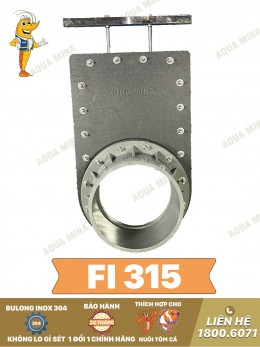
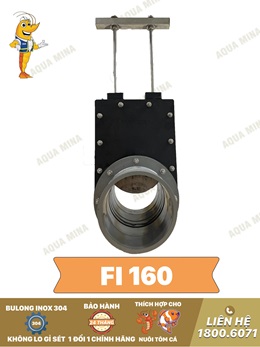
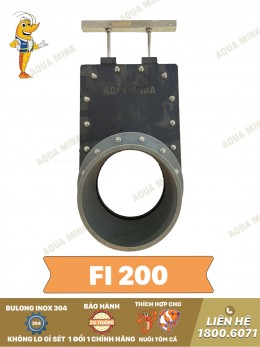
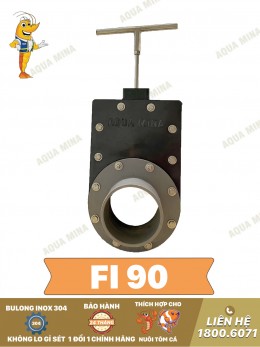
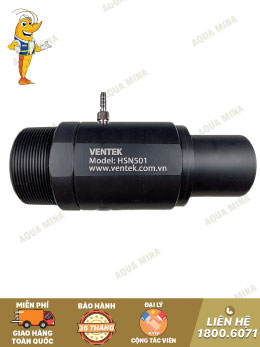
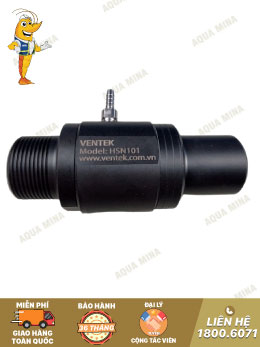
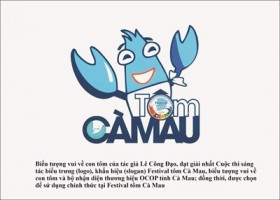
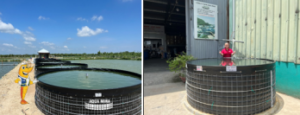
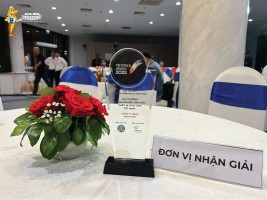
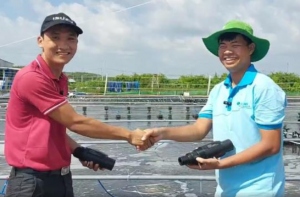
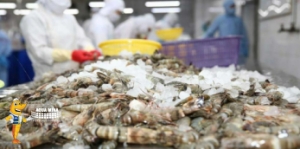
.jpg)